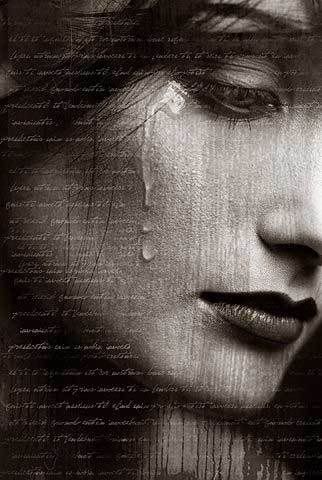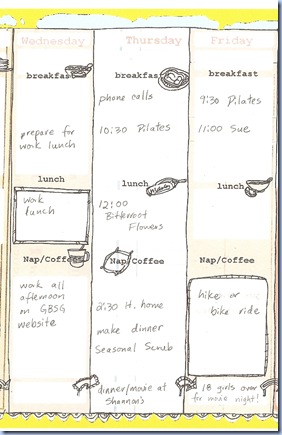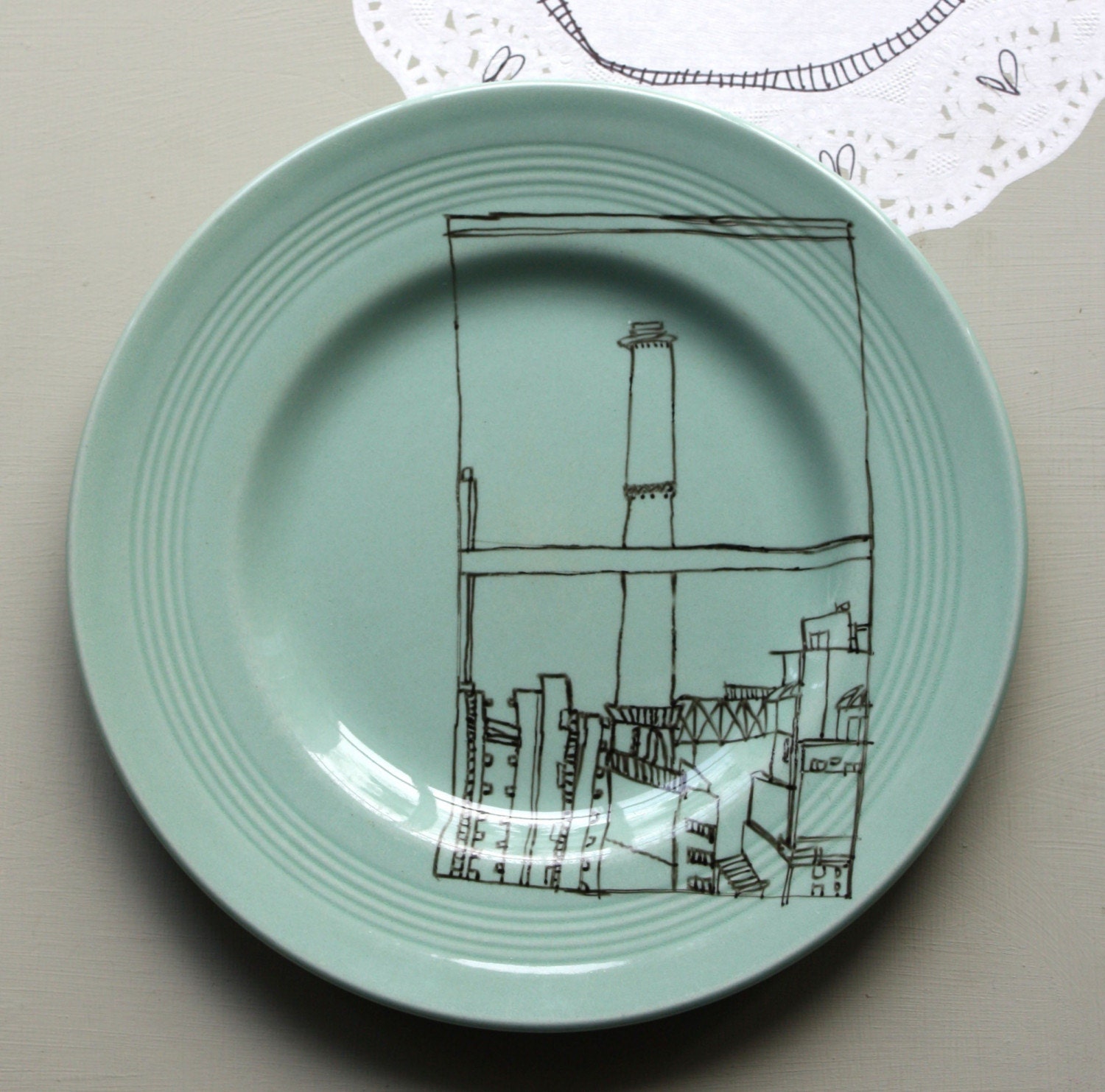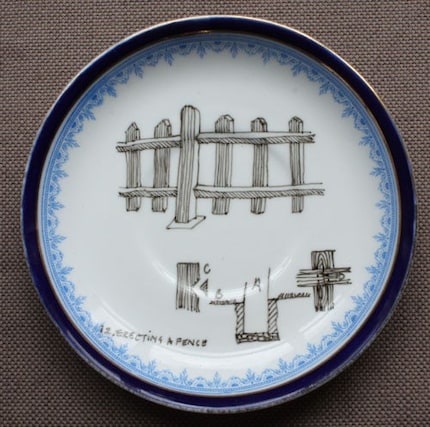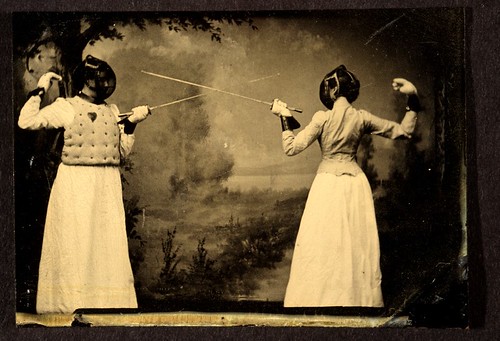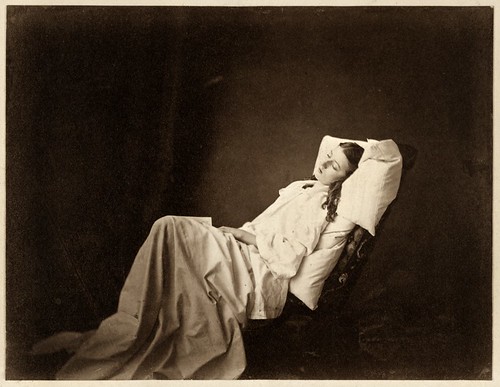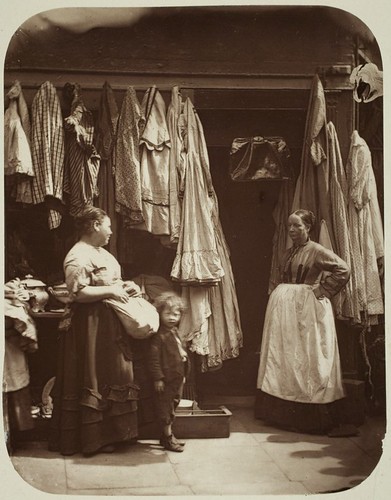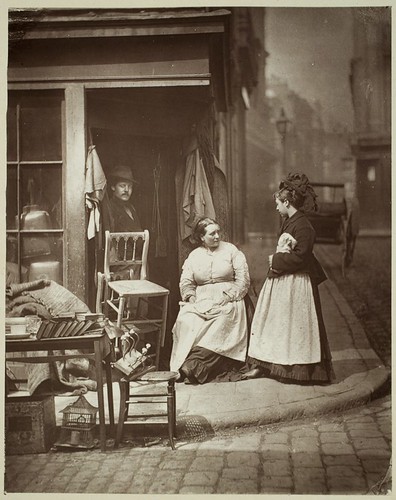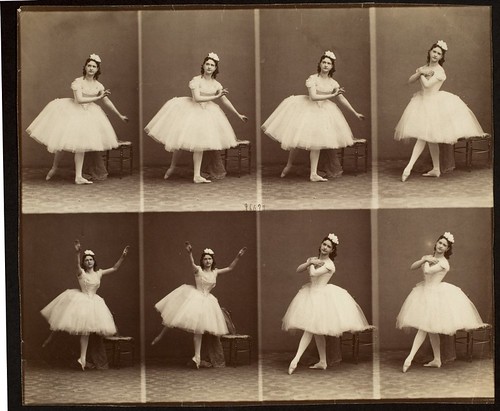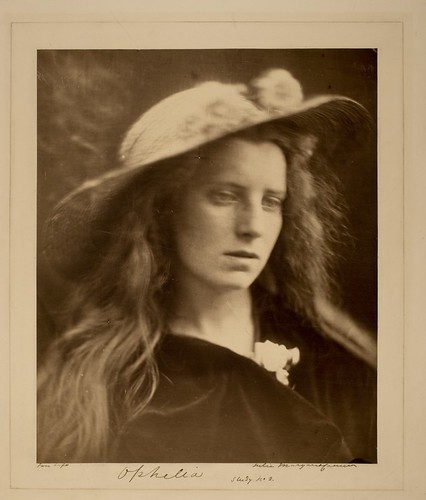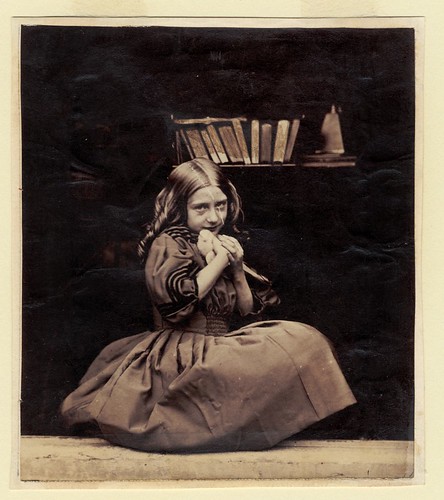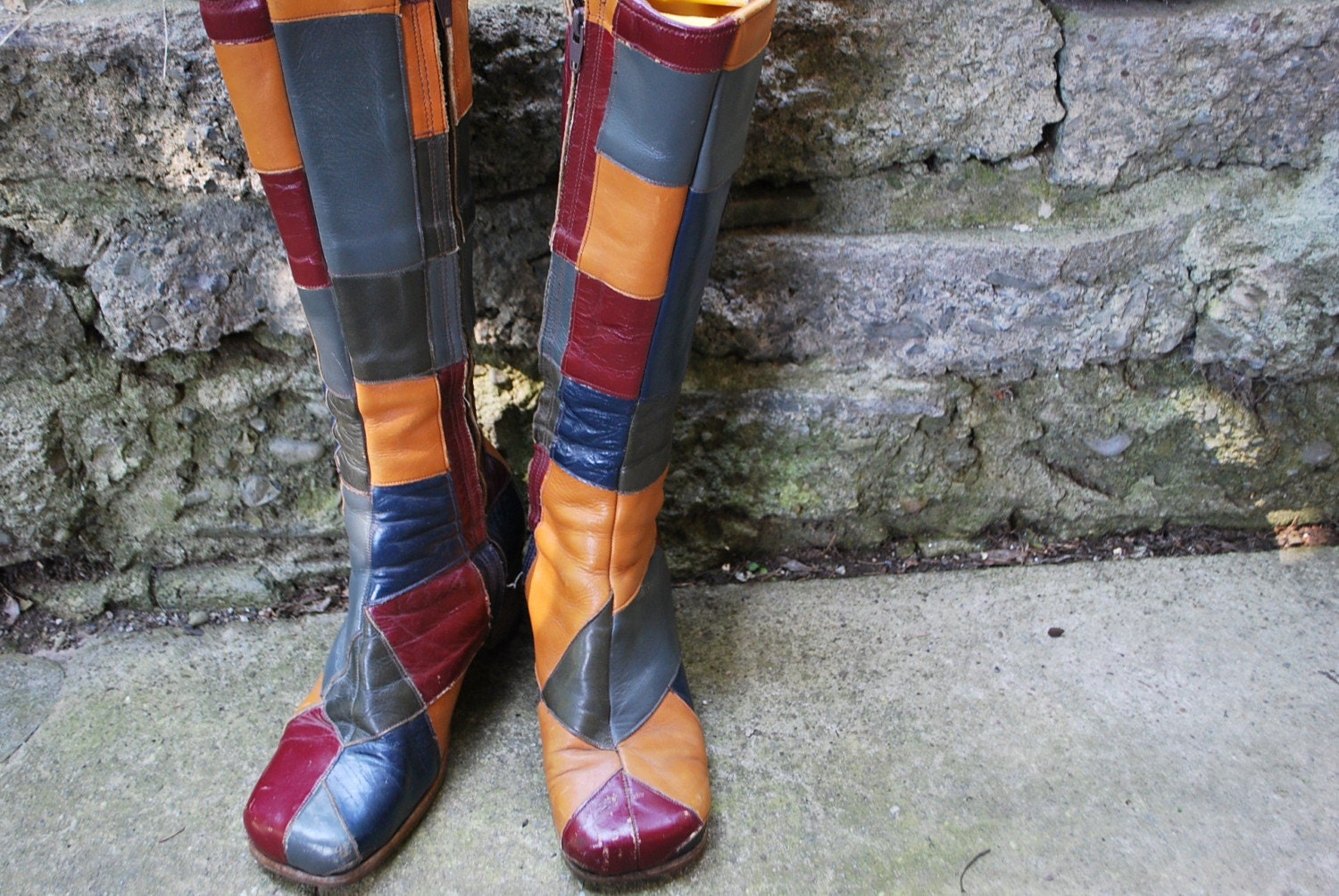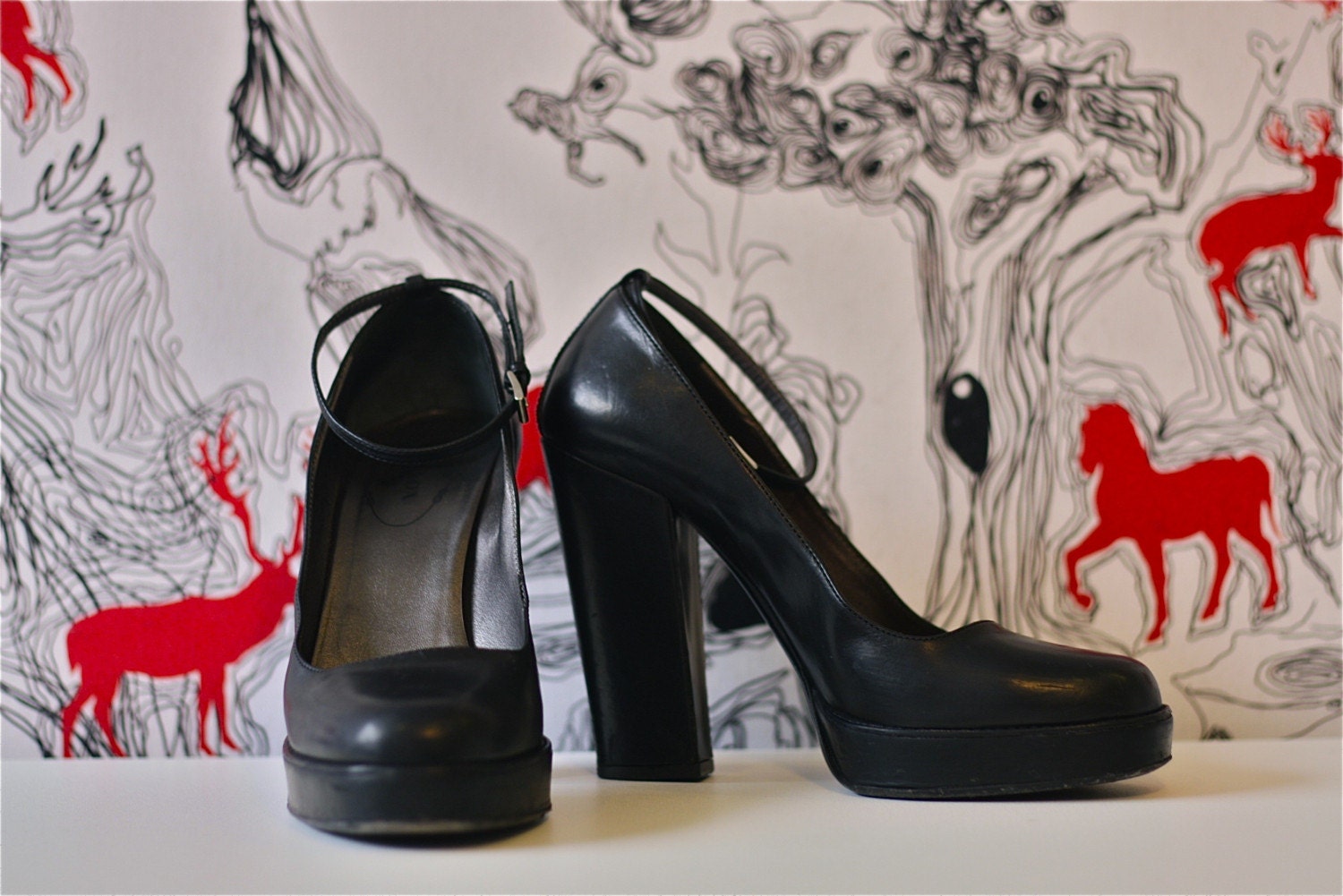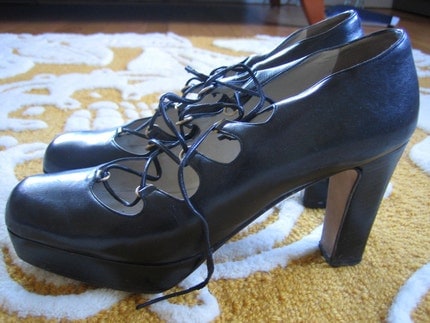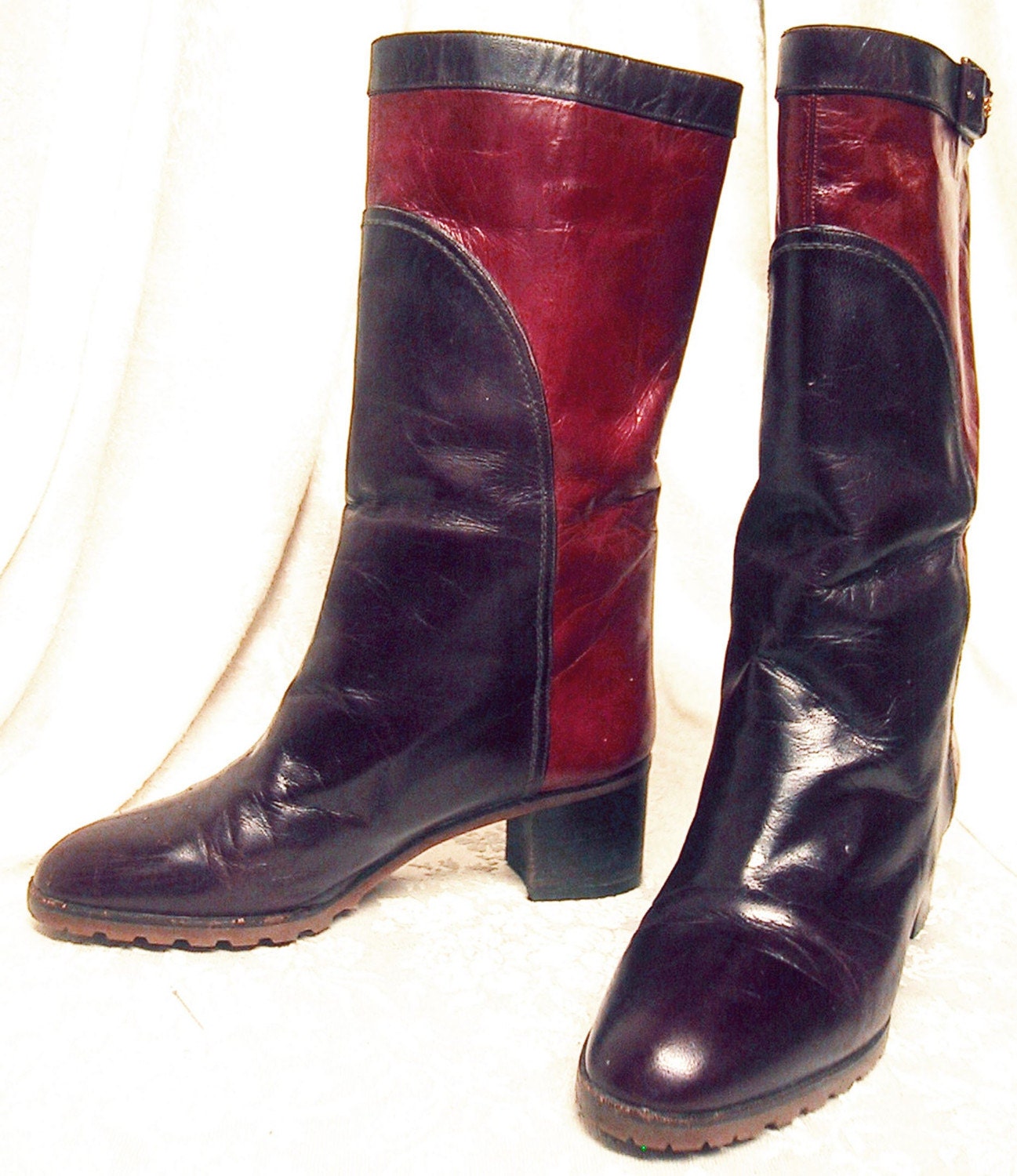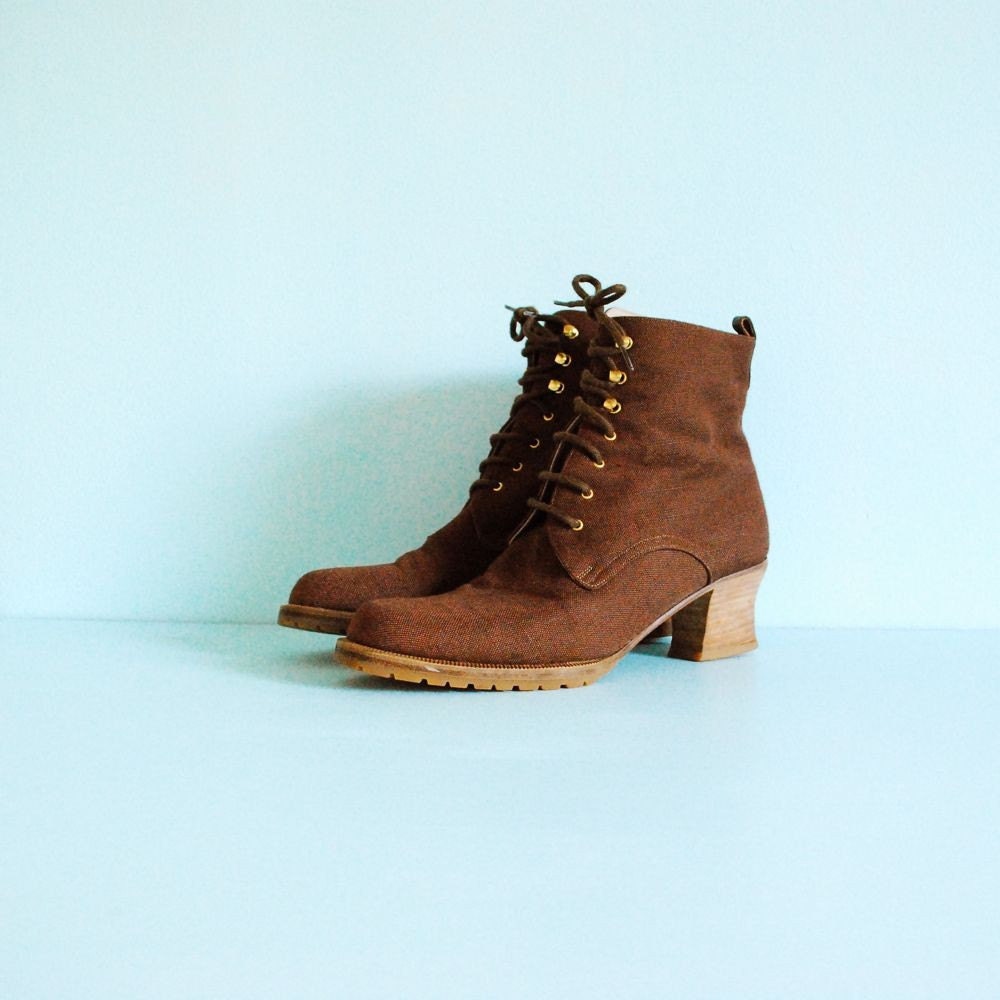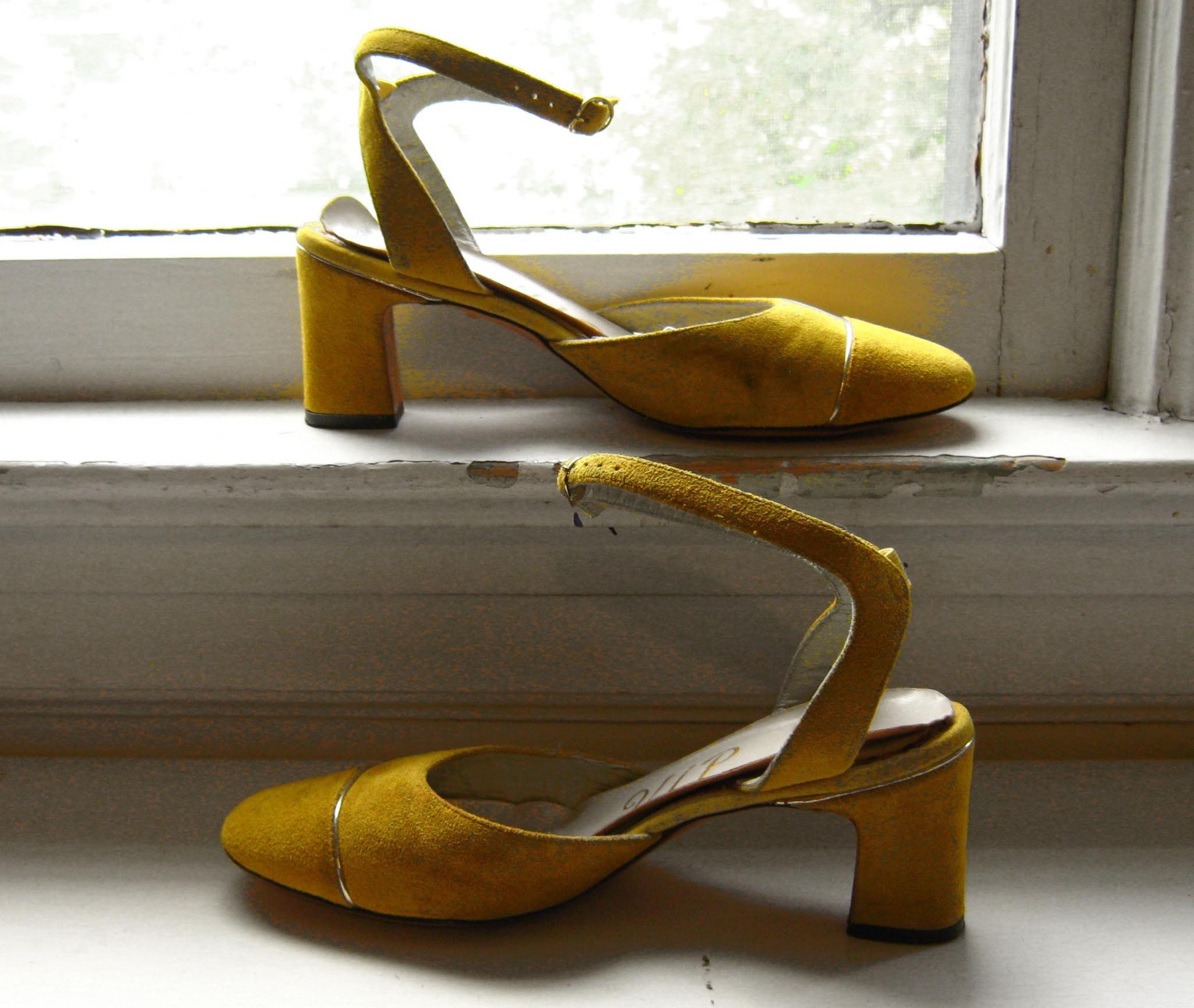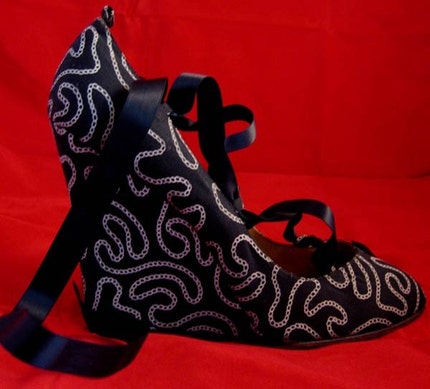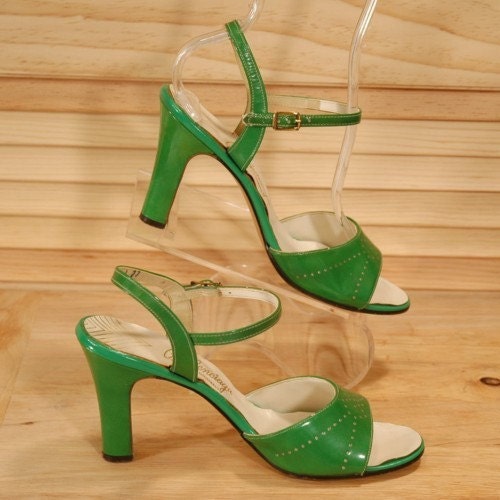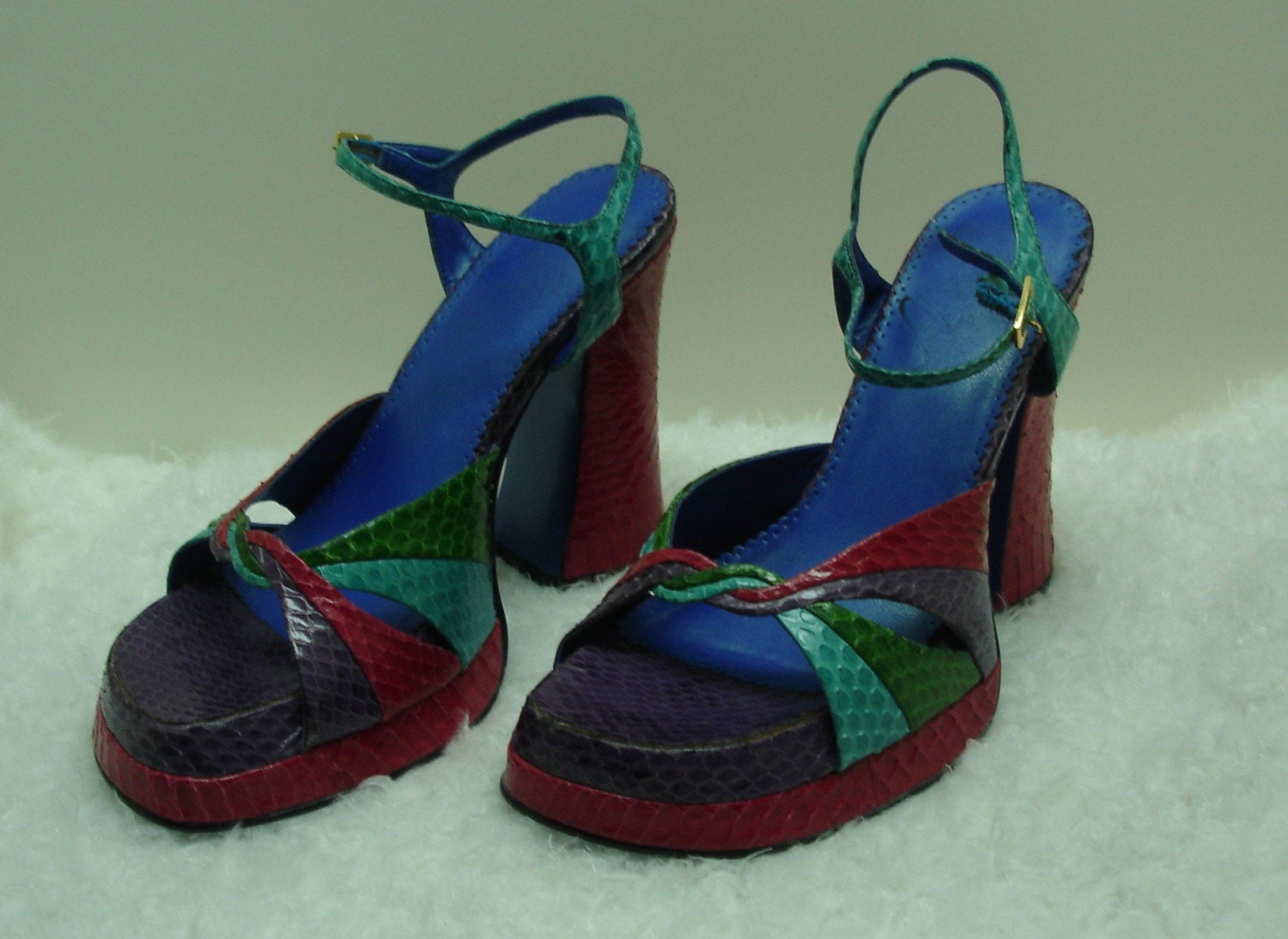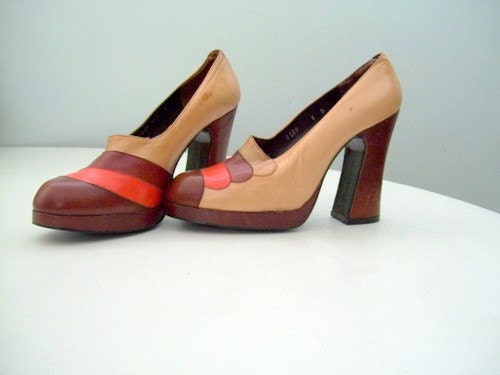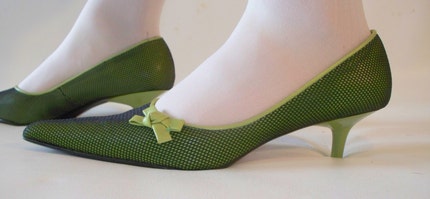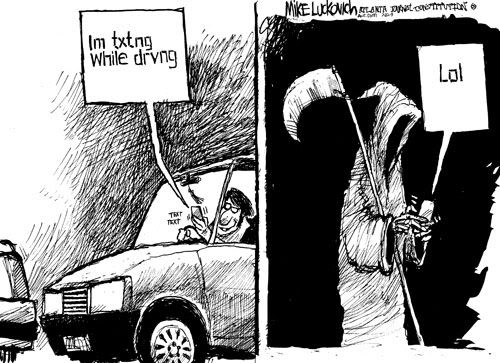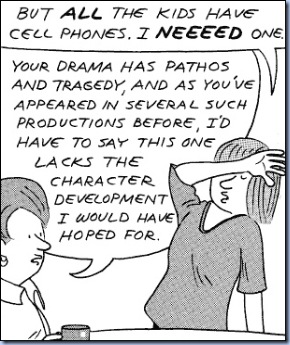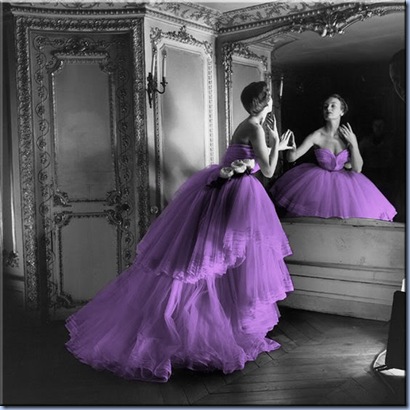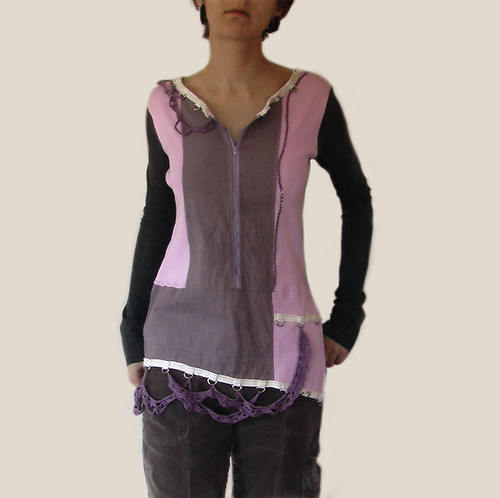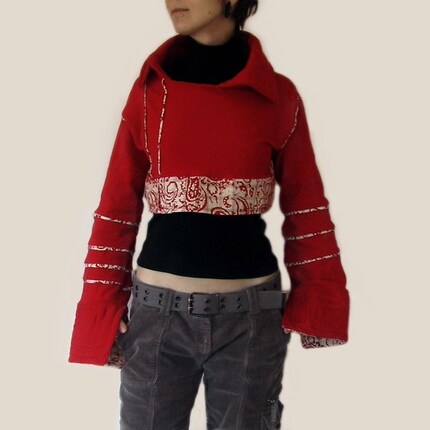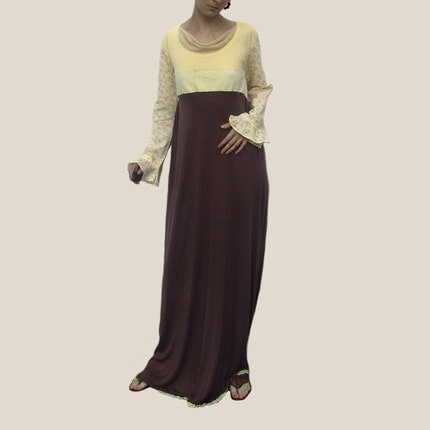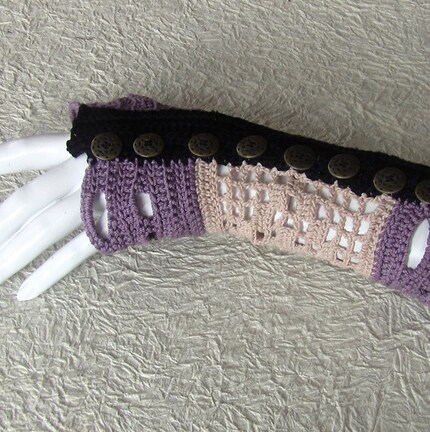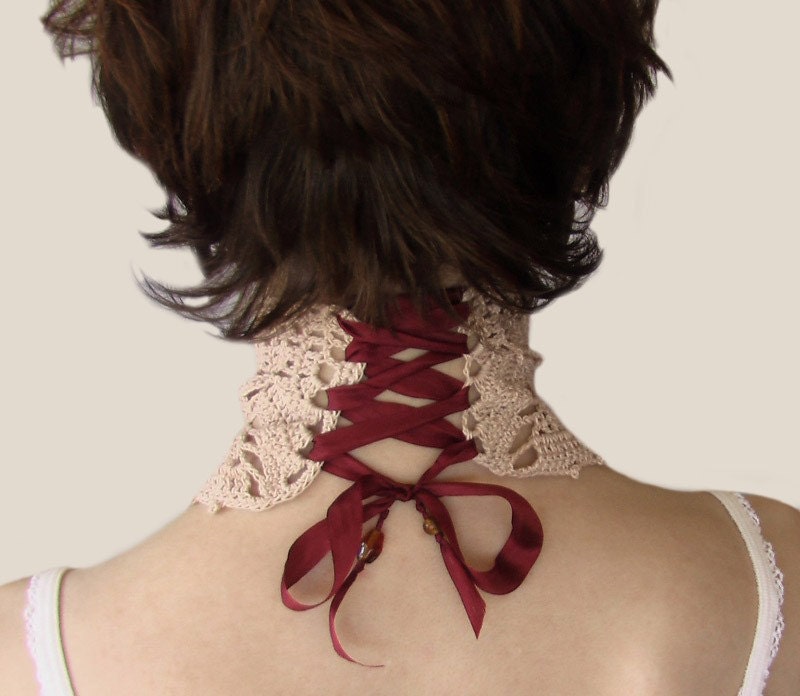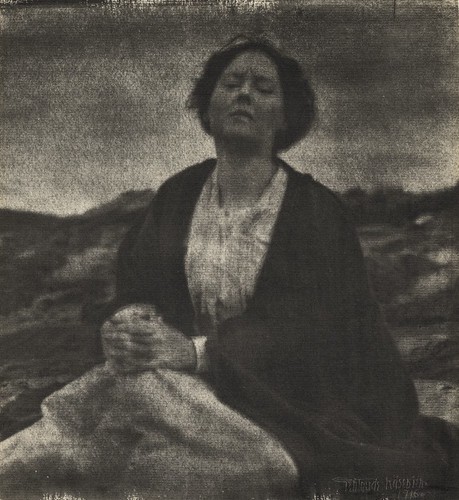
The Heritage of Motherhood, Gertrude Kasebier, 1904.
Jane Ussher is a professor of women’s health psychology at the University of West Sydney, and author and editor of several studies on women’s health and psychology issues.
Prof. Ussher believes that the social norms and expectations of being female can program women to become depressed. To put it bluntly:
“…female unhappiness is often an understandable response to the realities of women’s lives…”
She describes a familiar scenario in which we expect ourselves to juggle a partner, children, job, homes, and extended family responsibilities—happily. When we find ourselves in an unhappy funk, we seek help…only be told that we are experiencing a problem that’s probably caused by our bodies.
While many causes of depression undoubtedly are physical, seldom are we encouraged to ask larger questions of the world in which we live, and the myths we’ve picked up about what it means to be a woman.
When I was an Air Force wife in Alaska, I naively visited a military psychiatrist about my post-partum depression. He told me it was my responsibility to support the mission of the Air Force. To do this I needed to parent without putting pressure on my husband. This was my role. If I “failed” I would need to be medicated. If that failed…well, he sort of raised his hands in a hopeless gesture while mentioning electric shock therapy.
This was only twelve years ago.
Another time, when I was a young and single, a woman therapist told me I should slip out the back door of her office at the end of an emotionally draining session. You see, they had a young single man working at the reception desk. She felt certain I wouldn’t want the handsome dude to see me weeping.
Years later, a different woman therapist told me I needed to get a grip on my depression because my husband deserved a happy wife.
Another time, a woman therapist told me I would feel better if I gave more to others…that I should do some volunteer work.
What did all these experiences have in common? People, undoubtedly well-meaning, communicated that I wasn’t being a proper woman. Through my depression, I was failing men and failing other people. Shame on me.
I listened, and I did not get better.
Fortunately, the statistical incidence of depression in women tends to fall off in middle age and later—say, after menopause or thereabouts. Professor Ussher’s research suggests this is because these are generally the years that women can finally leave behind the myths about what it means to be feminine—if we want to; if they’re no longer working for us. It’s the time when we can finally risk saying no if we desire; experiment with being who we are; and figure out what we need.
Whether we come to this place out of desperation or liberation, I believe we need to get there.
Now the question is, how do we do that?
sallymandy
click here to see the article on Jane Ussher’s work that I used and quoted in this post.

